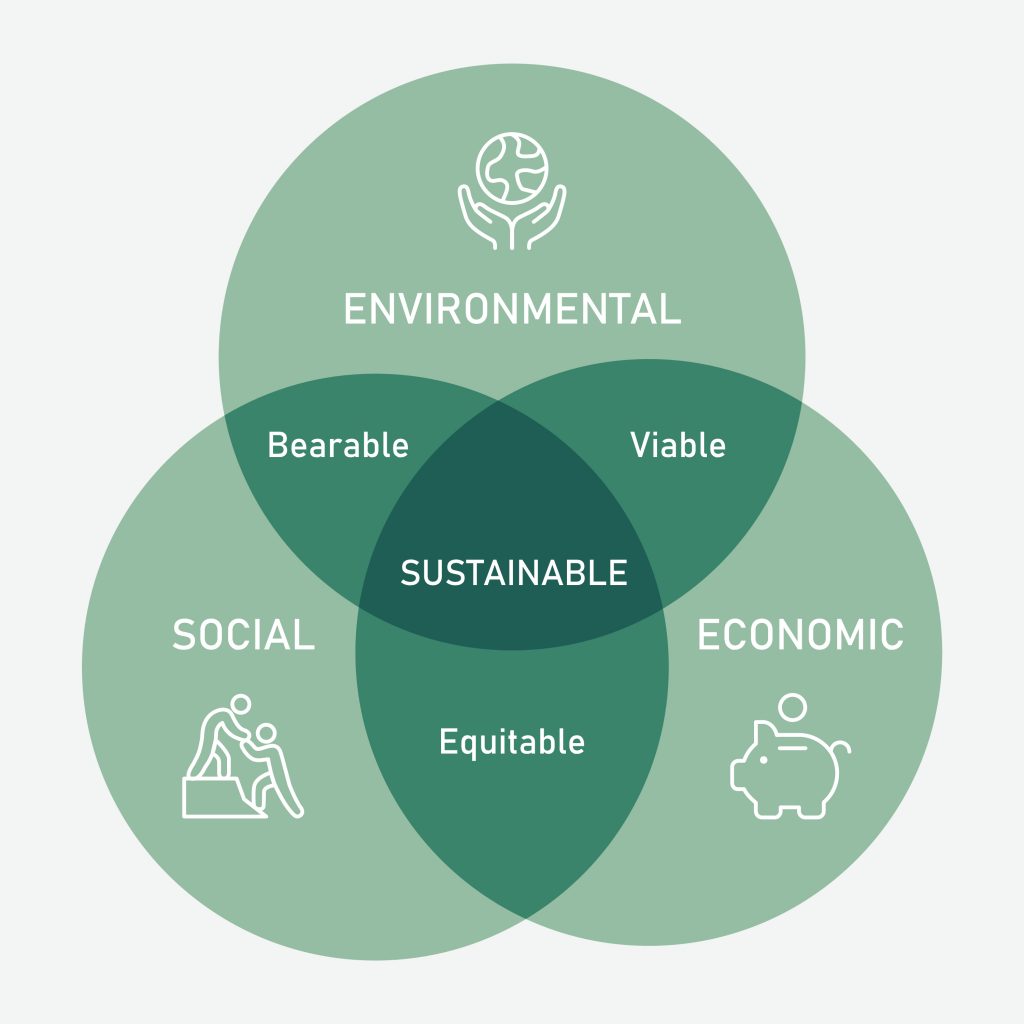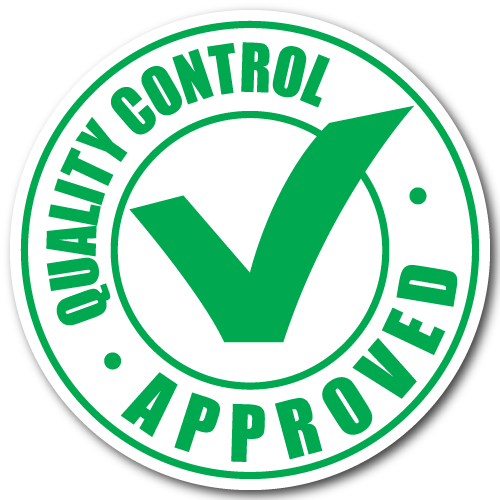
Importance of Marketing in Garment Industry
Introduction:
Marketing is an important part of the garment industry. Today, more than ever, clothing producers and retailers need to find ways to stand out from the competition in order to capture the attention of their customers. Through effective marketing strategies, companies can increase brand visibility, drive up sales, and stay ahead of the competition. It is a crucial aspect for the success of the garment industry. It helps in promoting products, attracting customers, and ultimately, increasing sales and revenue.
What is Marketing?
Marketing is all about connecting with customers, creating awareness for a brand, product or service, and building relationships that drive sales. It involves identifying the needs and desires of potential customers and finding ways to meet those needs in an efficient, effective, and economical way. The goal is to create powerful and lasting impressions that turn prospects into loyal customers who come back time and again.
Textile marketing involves a range of activities that promote and highlight the sale of fabrics, dyes, yarns and other raw materials used in the production of clothing and other textiles. It includes producing advertising campaigns, identifying target markets for particular products, developing product lines and researching market trends. This marketing also involves creating store displays to attract customers, establishing relationships with retail outlets, manufacturers and suppliers, using public relations tactics such as trade shows and press releases to spread awareness about new products or promotions.
Importance of Marketing in Garment Industry:
a) The garment industry is highly competitive, and marketing plays a significant role in differentiating a brand from its competitors. By creating a strong brand image and establishing a loyal customer base, a company can secure its place in the market and increase its market share.
b) Through marketing, companies can reach potential customers and inform them about their products. This is done through various channels such as advertising, sales promotions, public relations, and direct marketing. By creating awareness about their products, companies can create a demand for their products, which, in turn, increases sales. By implementing a well-crafted marketing strategy, garment producers and retailers can better position their products and services in the minds of their target audiences. Through the proper use of channels, such as public relations, advertising, and digital media like social media, companies can reach potential customers that may not have otherwise been aware of their existence.
c) Marketing also helps companies to segment their target market and tailor their marketing efforts to specific groups of customers. By understanding their target audience, companies can create products that cater to the specific needs and preferences of their customers, which can result in increased customer satisfaction and loyalty.
d) In the garment industry, branding is of utmost importance as it helps companies to establish a unique image in the minds of customers. Brands that are well-known and have a strong reputation are more likely to be successful in attracting customers and generating sales. A strong brand image also helps companies to command a premium price for their products. The effective marketing brought to the garment industry is an increase in sales. In the highly competitive garment industry, companies must be able to differentiate their products and services in order to capture their audiences’ attention. Through well-targeted campaigns and advertisements, garment companies can differentiate their products and services, resulting in increased sales. In addition, research has shown that consumers are more likely to purchase products from companies which actively market their products and services.
e) Marketing also helps companies to keep pace with the changing needs and preferences of customers. By conducting market research, companies can stay informed about the latest trends and preferences of their target audience. This information can be used to make necessary changes to their product line and marketing strategies to stay ahead of the competition.
f) In addition, marketing helps companies to create a relationship with their customers. By regularly communicating with customers through various channels, companies can establish a connection with them and keep them informed about new products, promotions, and other company news. This not only helps to retain existing customers but also helps to attract new customers through word-of-mouth referrals.
g) It is also crucial in creating a positive image of the company and its products. By presenting their products in the best light possible, companies can create a positive perception of their products in the minds of customers. This can help to increase customer confidence and trust in the brand, which, in turn, can lead to increased sales.
h) Effective marketing strategies can help companies to stay ahead of the competition. With the right strategies, garment producers and retailers can monitor their competition and develop strategies to better position their products and services in the marketplace. This can include the use of such channels, such as public relations, advertising, and digital media, to position the company’s offerings ahead of the competition. By staying ahead of their competitors, companies can ensure that their products and services stand out from the rest.
i) Finally, marketing can help companies to expand their reach and enter new markets. By using various marketing channels, companies can target new customers and reach new markets that were previously untapped. This can help companies to increase their customer base, sales, and revenue, which can result in significant growth for the company. So, one can be easily said that marketing plays a critical role in the success of the garment industry.
Conclusion:
Effective marketing is essential for the success of the garment industry. By promoting products, attracting customers, establishing a strong brand image, and creating a positive image of the company and its products, marketing can help companies to stay ahead of the competition and achieve their business goals. Through increased brand visibility, increased sales, and a strategic approach to staying ahead of the competition, companies can ensure that their products and services are widely seen and purchased. As the garment industry becomes increasingly more competitive, it is crucial that companies take advantage of effective marketing strategies.

The Sustainability in Textile Industry
 Is the textile industry sustainable?
Is the textile industry sustainable?
Yes, it’s possible. At the present time, it is the largest export-oriented industry in Bangladesh. We are working on how this sector will have a long-term impact on the country’s economy. Textile industries are very harmful to the environment. Water and chemicals mixed with contaminated and various chemicals of washing, scouring, dyeing companies are constantly challenging us. For this reason, sustainability is very important in the textile sector. Sustainability is the sustainable development of textile companies that will meet current needs without harming the environment and will enable future generations to meet their own needs.
3 pillars of sustainability
The Environmental Pillar: The company places a lot of emphasis on environmental pillars such as reducing carbon footprints, packaging waste, water usage and their overall effect on the environment. Companies have found that have a useful impact on the planet can also have a positive financial impact. The five phases of environmental sustainability is the material, manufacturing, retail, consumption and disposal phase.
The Social Pillar: Social sustainability focuses on the support and approval of its employees, stakeholders and the community it operates in who can help businesses in a number of ways like raising internal morale and employee engagement, improving risk management, unlocking new markets etc.
The Economic Pillar: Economic sustainability is the practices that support long term economic growth without negatively affecting social, environmental and cultural aspects of the community. This pillar focuses on certain activities such as compliance, proper governance, risk management etc.
What are the sustainable practices in textile industry?
Sustainable textile means the production process that will be made environmentally friendly meaning all materials and processes, input and outputs will be healthy and safe for people and the environment at all stages of the life cycle. Production and processing of sustainable textiles which come from renewable or recycled sources not only help to reduce the negative impacts to the environment but also supports millions of workers to earn fair and ensure proper working conditions.
Sustainability need in textile industry
- The use of natural resources has been increasing over the last few years.
- Chemicals used in textile industry have led to an increase in water pollution which is currently leading to water scarcity.
- Textiles consume large amount of fossil fuels during wet treatment. Fossil fuels contain large amount of carbon and react with oxygen to form carbon dioxide which increases the amount of global warming in the world.
- Apparel industries also need to eliminate environmental hazards and improve process efficiency.

What Does “Product Quality” Really Mean?
Product quality is rapidly becoming an important competitive issue. The superior reliability of many Japanese products has sparked considerable soul-searching among American managers.1 In addition, several surveys have voiced consumers’ dissatisfaction with the existing levels of quality and service of the products they buy.2 In a recent study of the business units of major North American companies, managers ranked “producing to high quality standards” as their chief current concern.3
Despite the interest of managers, the academic literature on quality has not been reviewed extensively. The problem is one of coverage: scholars in four disciplines — philosophy, economics, marketing, and operations management — have considered the subject, but each group has viewed it from a different vantage point. Philosophy has focused on definitional issues; economics, on profit maximization and market equilibrium; marketing, on the determinants of buying behavior and customer satisfaction; and operations management, on engineering practices and manufacturing control. The result has been a host of competing perspectives, each based on a different analytical framework and each employing its own terminology.
At the same time, a number of common themes are apparent. All of them have important management implications. On the conceptual front, each discipline has wrestled with the following questions: Is quality objective or subjective? Is it timeless or socially determined? Empirically, interest has focused on the correlates of quality. What, for example, is the connection between quality and price? Between quality and advertising? Between quality and cost? Between quality and market share? More generally, do quality improvements lead to higher or lower profits?
Five Approaches to Defining Quality
Five major approaches to the definition of quality can be identified: (1) the transcendent approach of philosophy; (2) the product-based approach of economics; (3) the user-based approach of economics, marketing, and operations management; and (4) the manufacturing-based and (5) value-based approaches of operations management. Table 1 presents representative examples of each approach.

Safety in storage
Lorem ipsum dolor sit amet, consectetur adipiscing elit. Nam efficitur rutrum diam, ut commodo ipsum elementum. Duis quis iaculis purus, eget mattis urna. Quisque consectetur odio ac ante fermentum malesuada. Nullam eget lectus euismod, rutrum quam quis, venenatis ligula. Integer egestas elit ipsum. Vivamus nec egestas turpis, et semper neque. Pellentesque ac nisl feugiat, blandit mauris ut, sollicitudin quam. Vivamus vestibulum est scelerisque mi tempus fermentum. Vestibulum sed orci cursus, dictum nisl nec, iaculis tellus.
Sed eget cursus metus. Proin finibus volutpat consectetur. Proin vitae arcu vitae dolor porttitor vestibulum sed non dolor. Pellentesque lacinia erat diam, in dapibus mi venenatis non. Praesent ut massa est. Praesent eu odio auctor, aliquet risus non, auctor nisl. Vivamus dictum tincidunt consectetur. Aliquam commodo dignissim lorem vitae viverra. Sed quis maximus dolor. In hac habitasse platea dictumst. Cras auctor magna quis lorem sodales convallis. Quisque sodales congue quam, sed tincidunt dolor mollis id. Nunc sed lacus semper mauris lacinia volutpat. Quisque consectetur et nunc in vulputate. Nullam euismod lectus nec metus sodales scelerisque. Ut mi est, commodo non purus eu, ultricies sagittis sapien.
Lorem ipsum dolor sit amet, consectetur adipiscing elit. Nam efficitur rutrum diam, ut commodo ipsum elementum ac. Duis quis iaculis purus, eget mattis urna. Quisque consectetur odio ac ante fermentum malesuada. Nullam eget lectus euismod, rutrum quam quis, venenatis ligula. Integer egestas elit ipsum. Vivamus nec egestas turpis, et semper neque.
Lorem ipsum dolor sit amet, consectetur adipiscing elit. Nam efficitur rutrum diam, ut commodo ipsum elementum ac. Duis quis iaculis purus, eget mattis urna. Quisque consectetur odio ac ante fermentum malesuada. Nullam eget lectus euismod, rutrum quam quis, venenatis ligula. Integer egestas elit ipsum. Vivamus nec egestas turpis, et semper neque. Pellentesque ac nisl feugiat, blandit mauris ut, sollicitudin quam. Vivamus vestibulum est scelerisque mi tempus fermentum. Vestibulum sed orci cursus, dictum nisl nec, iaculis tellus.
A video post
Lorem ipsum dolor sit amet, consectetur adipiscing elit. Nam efficitur rutrum diam, ut commodo ipsum elementum. Duis quis iaculis purus, eget mattis urna. Quisque consectetur odio ac ante fermentum malesuada. Nullam eget lectus euismod, rutrum quam quis, venenatis ligula. Integer egestas elit ipsum. Vivamus nec egestas turpis, et semper neque. Pellentesque ac nisl feugiat, blandit mauris ut, sollicitudin quam. Vivamus vestibulum est scelerisque mi tempus fermentum. Vestibulum sed orci cursus, dictum nisl nec, iaculis tellus.
Sed eget cursus metus. Proin finibus volutpat consectetur. Proin vitae arcu vitae dolor porttitor vestibulum sed non dolor. Pellentesque lacinia erat diam, in dapibus mi venenatis non. Praesent ut massa est. Praesent eu odio auctor, aliquet risus non, auctor nisl. Vivamus dictum tincidunt consectetur. Aliquam commodo dignissim lorem vitae viverra. Sed quis maximus dolor. In hac habitasse platea dictumst. Cras auctor magna quis lorem sodales convallis. Quisque sodales congue quam, sed tincidunt dolor mollis id. Nunc sed lacus semper mauris lacinia volutpat. Quisque consectetur et nunc in vulputate. Nullam euismod lectus nec metus sodales scelerisque. Ut mi est, commodo non purus eu, ultricies sagittis sapien.
Lorem ipsum dolor sit amet, consectetur adipiscing elit. Nam efficitur rutrum diam, ut commodo ipsum elementum ac. Duis quis iaculis purus, eget mattis urna. Quisque consectetur odio ac ante fermentum malesuada. Nullam eget lectus euismod, rutrum quam quis, venenatis ligula. Integer egestas elit ipsum. Vivamus nec egestas turpis, et semper neque.
Lorem ipsum dolor sit amet, consectetur adipiscing elit. Nam efficitur rutrum diam, ut commodo ipsum elementum ac. Duis quis iaculis purus, eget mattis urna. Quisque consectetur odio ac ante fermentum malesuada. Nullam eget lectus euismod, rutrum quam quis, venenatis ligula. Integer egestas elit ipsum. Vivamus nec egestas turpis, et semper neque. Pellentesque ac nisl feugiat, blandit mauris ut, sollicitudin quam. Vivamus vestibulum est scelerisque mi tempus fermentum. Vestibulum sed orci cursus, dictum nisl nec, iaculis tellus.

